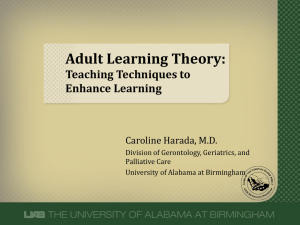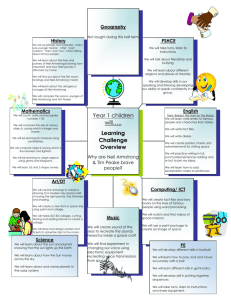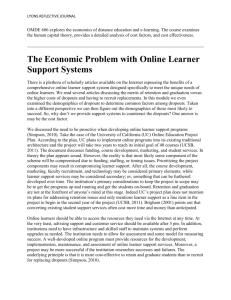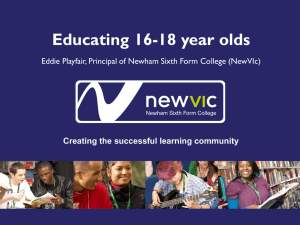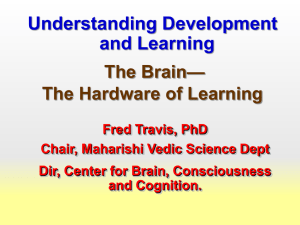Powerpoint Templates
advertisement
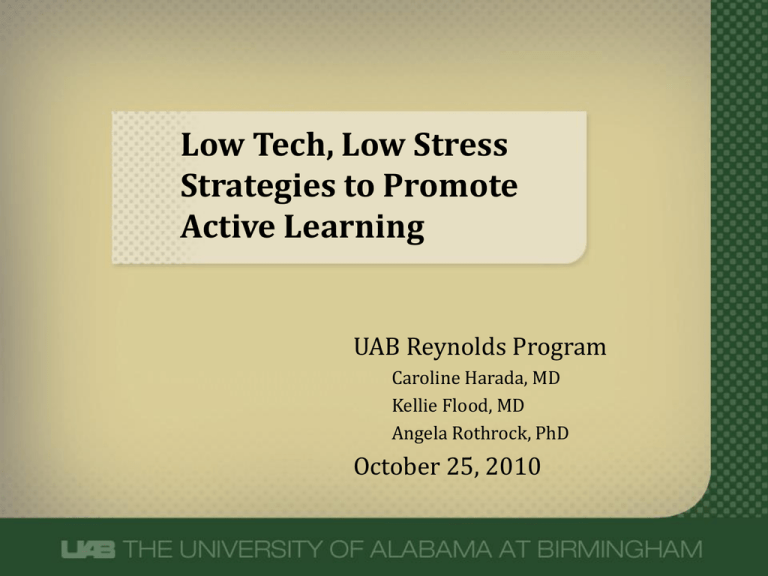
Low Tech, Low Stress Strategies to Promote Active Learning UAB Reynolds Program Caroline Harada, MD Kellie Flood, MD Angela Rothrock, PhD October 25, 2010 Teaching opportunities often don’t come at ideal times • The residency program director just asked you to to teach noon conference 2 weeks from now. You are on service all month, and have a sick child at home, but opportunities to teach geriatrics to the whole residency program don’t come along that often… Teaching opportunities often don’t come with much notice • You are precepting a resident in clinic. Your first patient has just called to say she’s running 30 min late. You would like to teach the resident something during this down time, but you haven’t planned anything specific… Guerilla Geriatrics • You can’t miss those opportunities • Every time you get a teaching opportunity, you want it to count • How can you create high quality learning experiences with limited resources? Learning Theory • Behaviorist theory: Learning is done TO the learner – Filling an empty vessel • Constructivist theory: Learning is done BY the learner – Learner Centered Learning How People Learn. National Research Council, 1999 Learner Centered Learning • New knowledge is constructed from prior knowledge – You must activate prior knowledge in order to build upon it • Learners must be actively engaged – You must revise your thinking to fit in the new information, try out new ideas by applying them to real life, and so on • Metacognition is encouraged – Know what you know How People Learn. National Research Council, 1999 Multiple Learning Styles • Kolb’s model for experiential learning – 2 dimensions: • Perception (grasping) • Processing (transformation) Concrete Experience Active Experimentation Conceptualization Reflective Observation Armstrong’s Curriculum Planning Framework 1. Activate prior knowledge 2. Add new knowledge 3. Try out new knowledge 4. Use new knowledge Concrete Experience 4 1 Active Experimentation Reflective Observation 2 3 Armstrong E, Parsa-Parsi R. Academic Medicine, July 2005 Conceptualization • You need to have multiple techniques up your sleeve – Multiple learning styles – Maintain interest – Reinforce knowledge in new ways High Tech • • • • Web-GEMs (Univ of Alabama Birmingham) GeriaSims (Univ of Iowa) Simulation Centers Audience Response Systems High Stress (or at least, resource intensive) • Simulations • Senior Mentor Programs • Problem Based Learning Educational methods must be feasible • Limited resources – – – – – Time Technology Money Space Faculty Armstrong’s Curriculum Planning Framework 1. Activate prior knowledge 2. Add new knowledge 3. Try out new knowledge 4. Use new knowledge Concrete Experience 4 1 Active Experimentation Reflective Observation 2 3 Armstrong E, Parsa-Parsi R. Academic Medicine, July 2005 Conceptualization Three Strategies from UAB 1. Work Audits (3) 2. Academic Detailing 3. Concept Mapping (1) Concrete Experience 4 1 Active Experimentation Reflective Observation 2 3 Armstrong E, Parsa-Parsi R. Academic Medicine, July 2005 Conceptualization Other LT, LS Instructional Strategies
